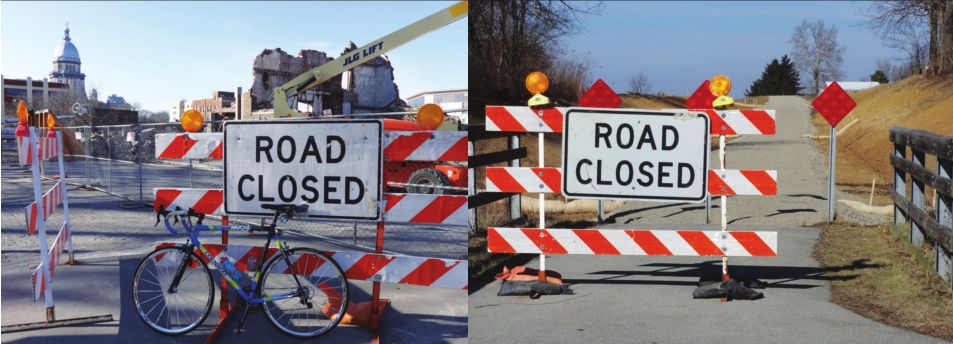
 LETTERS
LETTERS
We welcome letters. Please include your full name, address and telephone number. We edit all letters. Send them to [email protected].
AN URBAN PARK James Krohe Jr.’s Feb. 2 Dyspepsiana column, entitled “More parking downtown?” seems to provide an opportunity for community dialogue about the future of the area now called the North Mansion Block.
While many of us mourn the demolition of the historic YWCA, it has come to pass. The empty block, prominently located between Capitol Avenue and Jackson Street, facing the Executive Mansion, should be put to the best use for the future of the city. I believe the best use is an urban park.
Every great city, large and small, has urban parks that provide respite from urban living and working environments. Parks are green and shady places for people to walk, run, skate, bring pets, picnic, etc. They are venues for festivals, concerts and other special events. Parks also serve as visual features and statements about the community. In Chicago, a city of millions, Millennium Park covers 24.5 acres and boasts extraordinary features. Smaller cities also have parks that are suited to their scale and reflect their self-image. Examples are City Market and White River State Park in Indianapolis, City Garden in St. Louis, Central Park in Decatur, Uptown Plaza in Normal, and the Riverfront in Peoria.
Springfield now has an opportunity to transform this 2.4-acre block into a park that serves our needs and provides a visual symbol of our unique identity as a city. Springfield needs more urban residents, but to attract and retain them the city needs amenities. As for more downtown housing, so many opportunities exist for rehabilitation of abundant vacant and underutilized buildings and for infill of surface parking lots, now gaping holes in our urban fabric. I’d also point out that a park can provide storm water retention which is much needed to help mitigate flooding in the area.
Mr. Krohe, I thank you for opening a public debate. Sue Massie Springfield Sue Massie is a landscape architect with Massie Massie and Associates.
YEAR-ROUND MARKETPLACE In response to the analysis of James Krohe titled “More parking downtown?” (Illinois Times, Feb. 2), if the City of Springfield is still looking for the best answer to the question about developing the YWCA Block, I suggest that they look at the tremendous success stories of the Reading Terminal Station Market in Philadelphia, Pennsylvania; the North Market in Columbus, Ohio; and Pike Place market in Seattle, Washington.
City planners should expand their focus beyond the public park of Rapid City, South Dakota, which would have passing and seasonal use. Concentrate instead on developing the entire area as a permanent, thriving marketplace offering diverse local produce, varieties of ethnic food, arts and crafts, fresh flowers, baked goods, meat, seafood and open restaurants. The markets operate year-round and have become major attractions to local residents and tourists. They would respond to the repeated need for a city-centered grocery, a downtown tourism hotspot, and provide a venue for special events. These marketplaces have enriched the neighborhoods and businesses of the cities in which they are located. Kurt R. DeWeese Springfield
DIVESTMENT BIGOTRY In response to Jan. 19 GUESTWORK by Andrew Leonard, “Should support of Israel become conditional?”
Boycott businesses and corporations If they support policies of Israel The world’s only Jewish nation An extremely small nation thereat But don’t boycott any businesses That support states judenrein In Arabia, Europe and Palestine A fabricated nation at that Ivan Smason Santa Monica, California
CORREX An article in last week’s Illinois Times (see “Springfield reacts to Trump’s immigration order”) statements by Rabbi Barry Marks were mistakenly attributed to another speaker at the rally. Rabbi Marks’ grandparents left the Odessa region of Ukraine, fleeing political oppression, and immigrated to Rochester, New York, in 1914.
“My grandparents were the fortunate ones,” Marks said at the rally. “Members of their families who were left behind were murdered in the violence following the Russian revolution. I think of all those people . . . who wanted to come to this country and were unable to because of the restricted immigration laws that prevailed from 1924 to 1965.”